27 Animals That Eat Ants... Other than Anteaters, Of Course!
Ants are tiny, but they play a big part in the food chain. They are a meal for many creatures around the world. Now, when we think of animals that eat ants, the anteater is obviously the first one that comes to mind. But there’s a whole menu of other animals who find ants a tasty treat, too! Birds, reptiles, and even some mammals make up this list of animals that eat ants.
In this article, we’re going to introduce you to some surprising members of the animal kingdom who enjoy a good ant feast… besides the anteater, of course!
1. Ant (Formicidae)
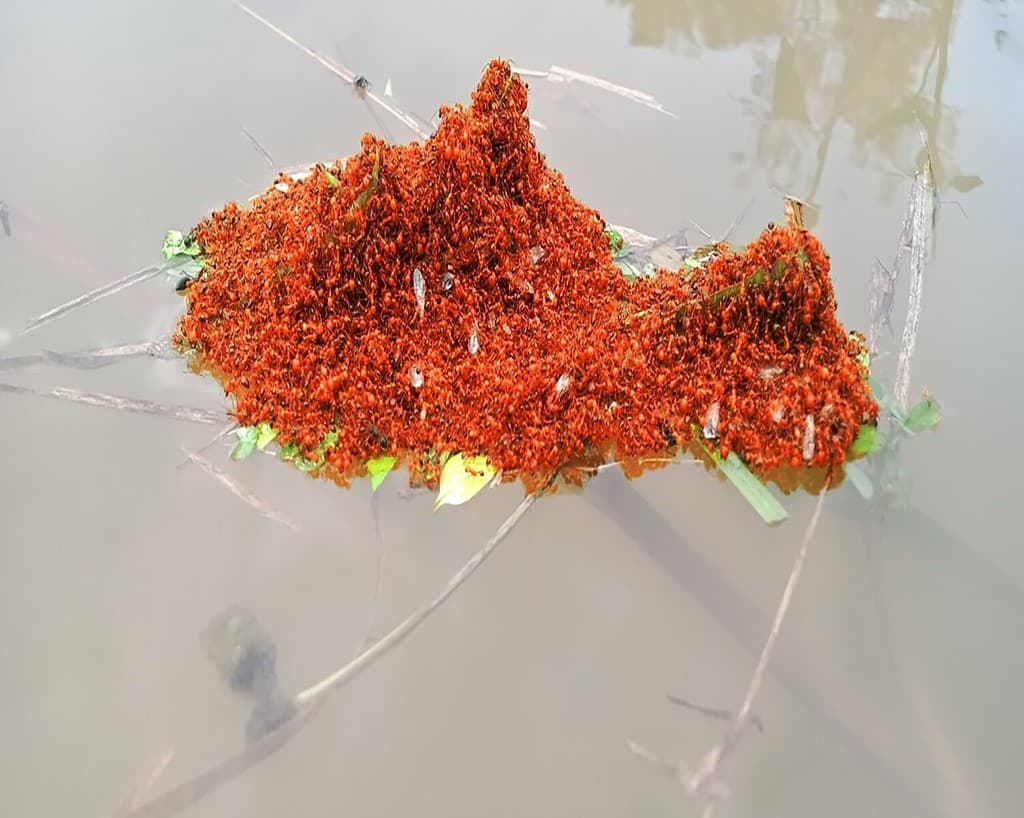
©Jjom/Shutterstock.com
First on our list of ant-eating animals, believe it or not, is the ant itself. Yes, some ants eat their own kind!
Ants have tough, protective outer layers known as exoskeletons. They’re usually red or black in color and can measure from 1/3″ to 1/2″ in length. Ants typically build their homes underground, between rocks, or using natural materials like twigs and sand above ground.
Specifically, fire ants have been observed attacking other fire ant colonies, and army ants often feast on the young of different ant species.
2. Ant Nest Beetle (Paussinae)
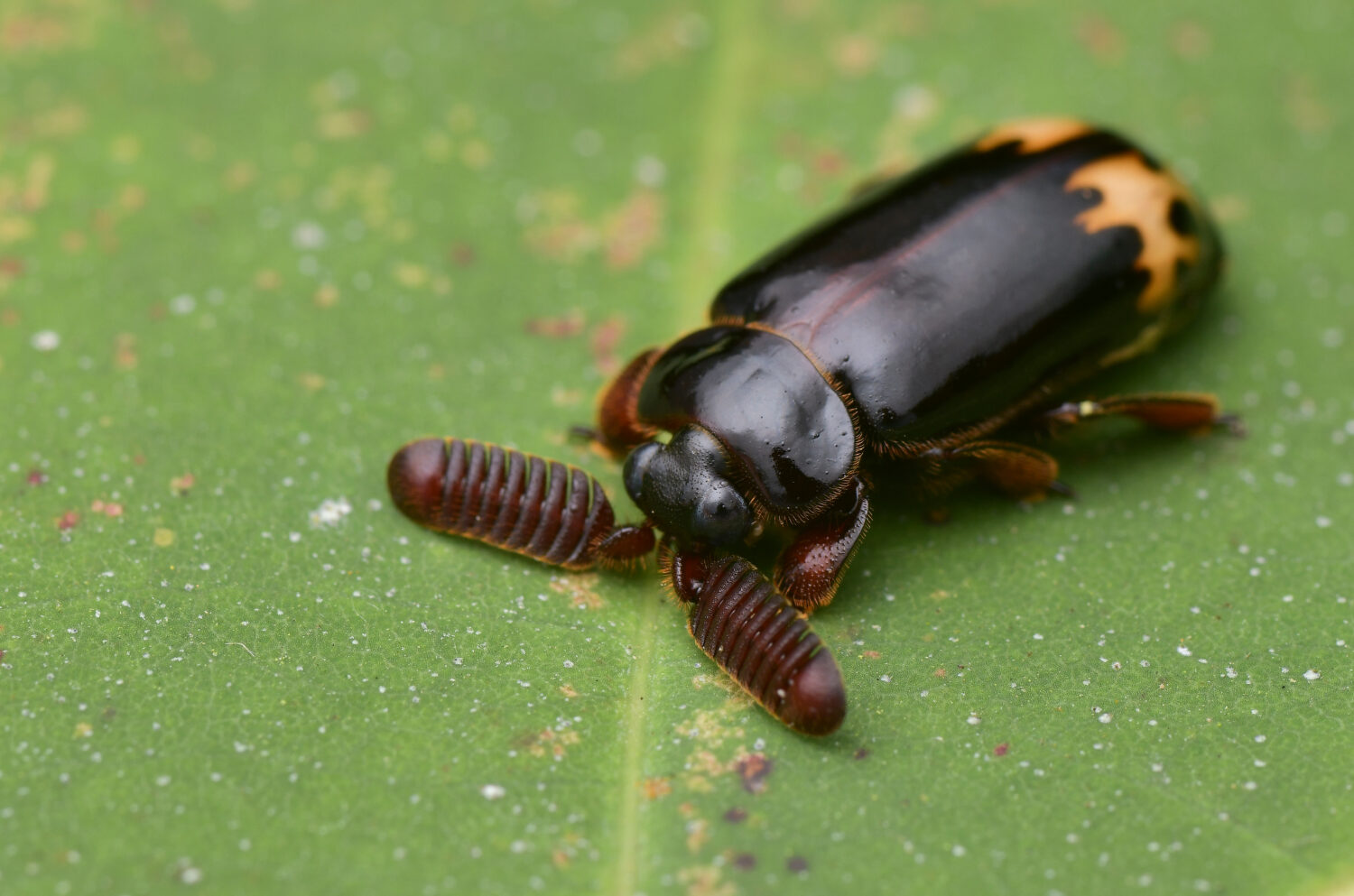
©SIMON SHIM/Shutterstock.com
Next up are ant nest beetles, also known as flanged bombardier beetles, which are a special group within the larger family of ground beetles.
These beetles stand out for their unique antennae and flattened body features. They typically measure between 0.23 and 0.78 inches in length and have special hairs that produce a scent ants find irresistible. Many species also have unusually shaped antennae.
These beetles are rarely seen out in the open and are most often found near light sources. They mostly live inside ant nests and are either required or prefer to be in this environment. They prey on both ant larvae and adult worker ants.
3. Antlion (Myrmeleontidae)
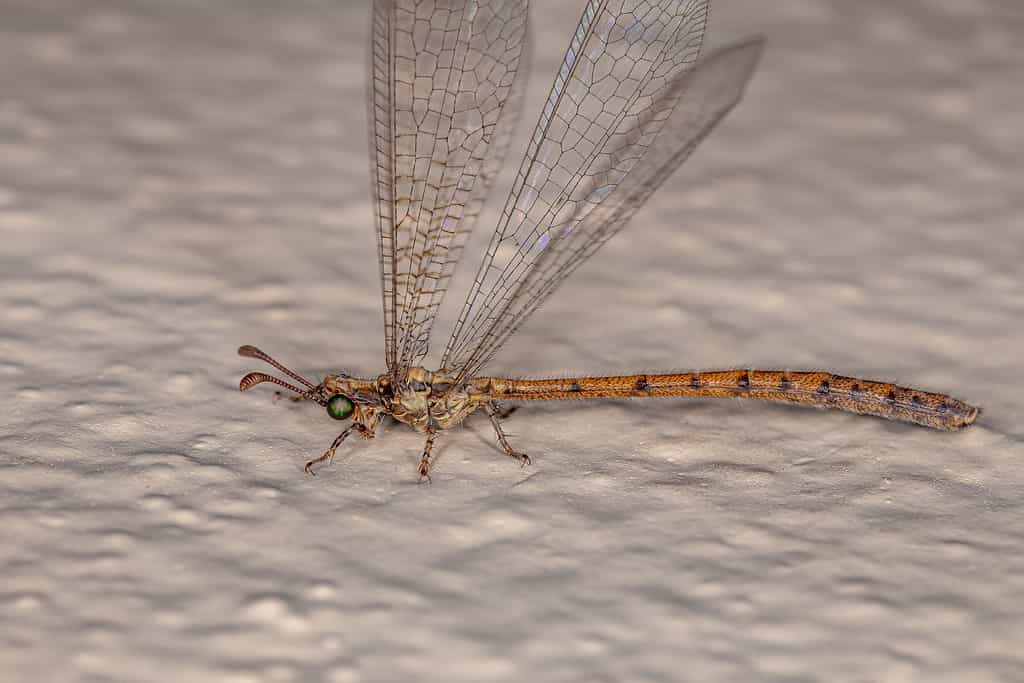
©Vinicius R. Souza/Shutterstock.com
Next in line are antlions, insects whose larvae are known for their ant-hunting skills.
Both male and female adult antlions look pretty similar. Though they might remind you of damselflies, adult antlions are distinct with their softer bodies, intricate wing designs, and elongated, knobbed antennae.
You can usually find antlions in sandy spots that are somewhat shielded from the elements, like wooded sand dunes, open forest spaces, and dry areas near rivers with trees. The young primarily feed on small creatures like ants, whereas some adults eat pollen and nectar, while others continue to prey on small bugs.
4. Black Widow Spider (Latrodectus)
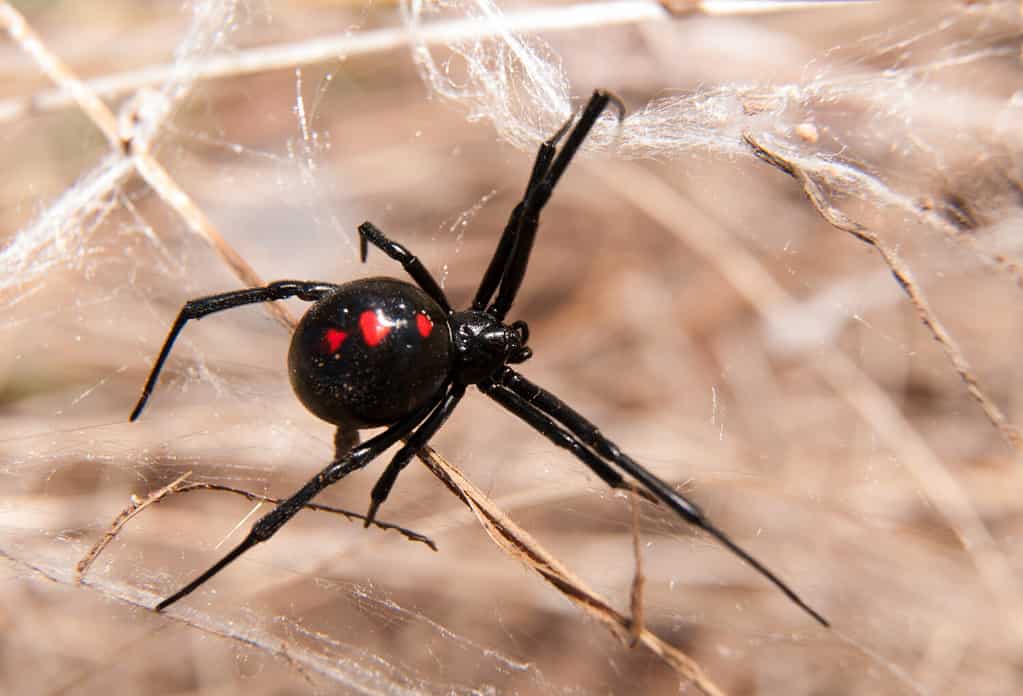
©Sari ONeal/Shutterstock.com
Even the infamous black widow spider can’t resist eating ants!
The female of the species is glossy black and sports a red-orange design resembling an hourglass on her belly. In contrast, male black widows are usually brown or gray and have tiny red dots. The female typically measures about 1.5 inches, while the male is generally half that size.
These spiders often hang out near stacks of wood and can even find their way into homes if firewood is brought inside. These spiders feed on various small creatures, including ants.
5. Common Toad (Bufo bufo)
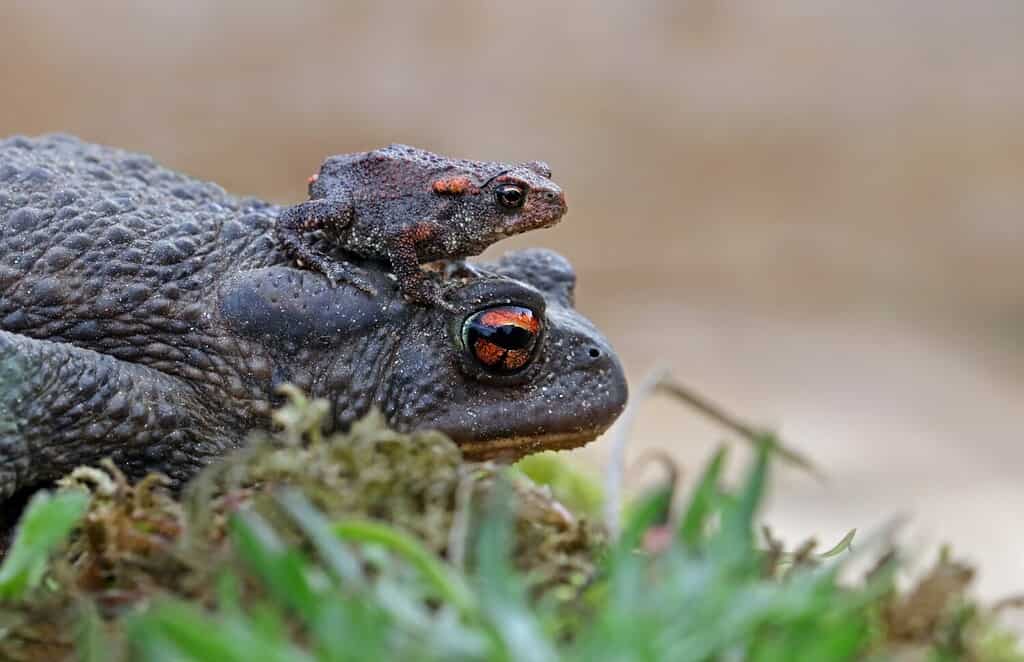
©Fercast/Shutterstock.com
The common toad is an animal that comes in a range of colors like olive brown, green, and dark gray. Sometimes, they even have dark patterns on their skin, which is notably dry and bumpy. Their eyes are a striking copper color and feature a horizontal pupil. Adult toads usually measure around 6 inches long.
These toads can be found in various environments, including forests, open fields, and even gardens when they’re adults. When they’re tadpoles, they stick to ponds.
Common toads are night owls, most active when the sun goes down. During these hours, they prey on various small animals, including ants, beetles, snails, slugs, and spiders.
6. Poison Dart Frog (Dendrobatidae)
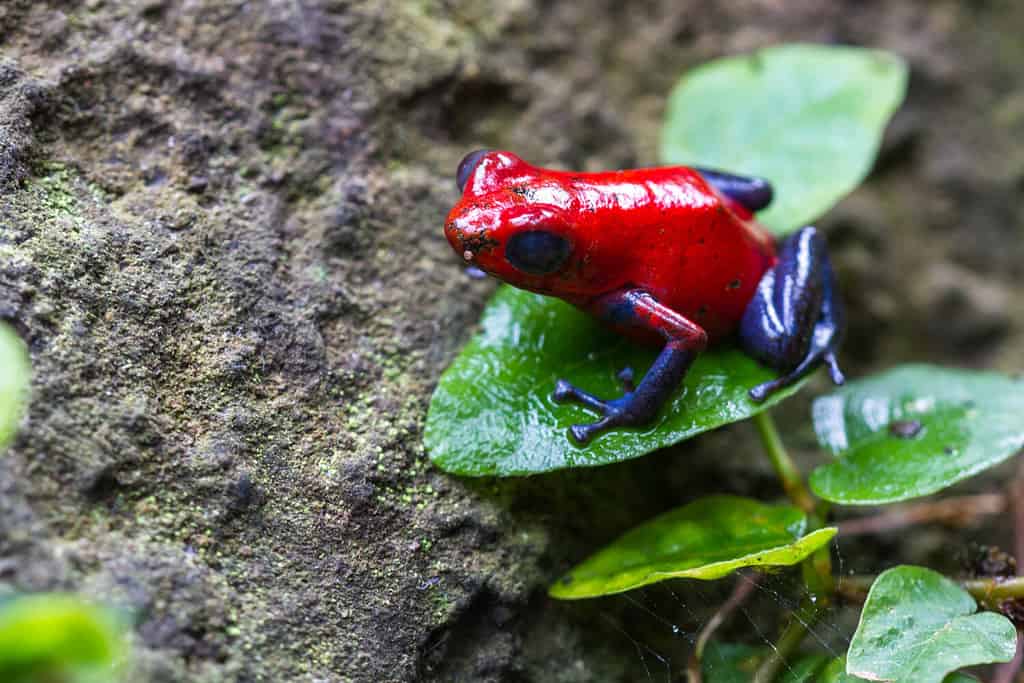
©Nature’s Charm/Shutterstock.com
The next anteater on the list is the poison dart frog, with a family that includes over 175 distinct species. Their bright colors act as a cautionary signal to predators, indicating their skin’s toxic nature. These frogs can grow to a size of 1.5 inches.
They live in the tropical forests of South and Central America. Their diet consists of ants, smaller species of beetles, termites, flies, and young crickets.
7. Horned Lizard (Phrynosoma)
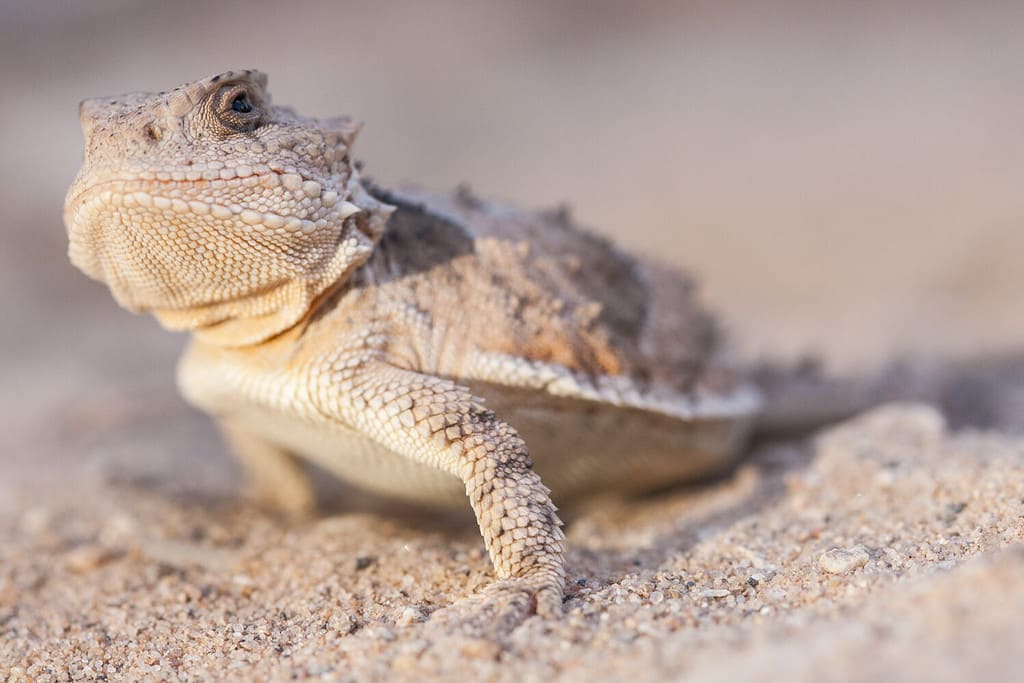
©Viktor Loki/Shutterstock.com
Coming up next in this list of animals that eat ants are horned lizards. A common trait among all 21 species is their armor of horn-like scales, designed to deter predators.
These lizards inhabit a range of environments, from sandy desert landscapes to thick forests. Specifically, those found in the American West have a diet largely consisting of harvester ants, which are equipped with venomous stingers and powerful biting jaws.
8. Crested Gecko (Correlophus ciliatus)
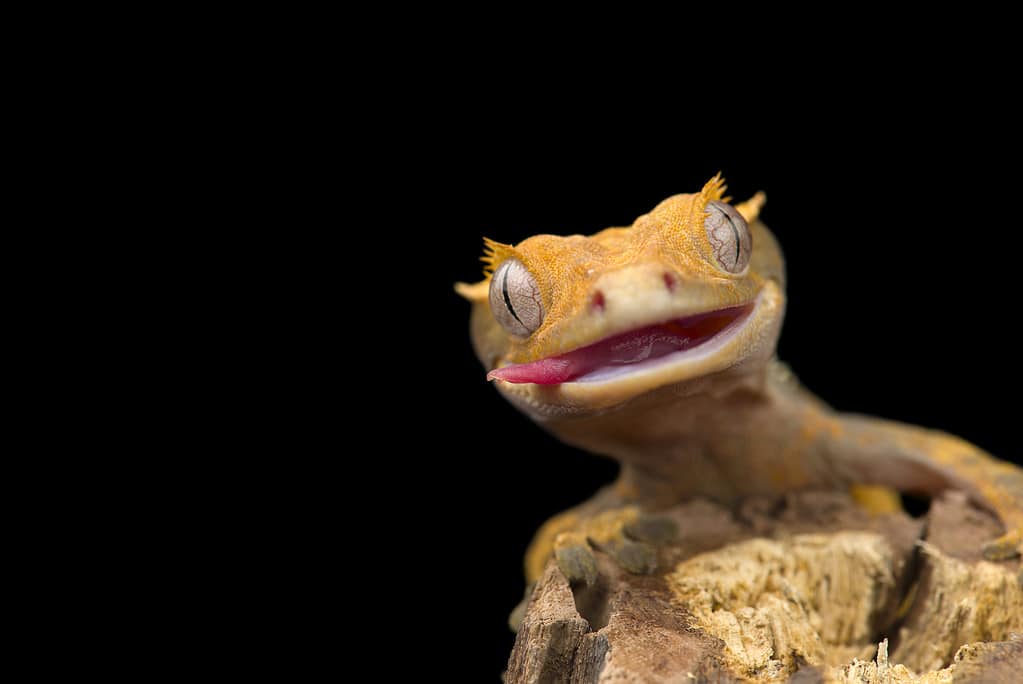
©PetlinDmitry/iStock / Getty Images Plus via Getty Images
The crested gecko hails from the southern regions of New Caledonia and typically measures between 8 and 9 inches long.
This lizard has unique soft, spiky scales—called crests—that run from its angular head, over its large eyes, and down to the tail base. Its legs are webbed, and its toes come with miniature claws. The tail tip is covered in tiny hairs known as setae.
These geckos thrive in hot, humid forests and eat a wide range of bugs, such as ants, crickets, grasshoppers, spiders, and various worms.
9. Northern Flicker (Colaptes auratus)
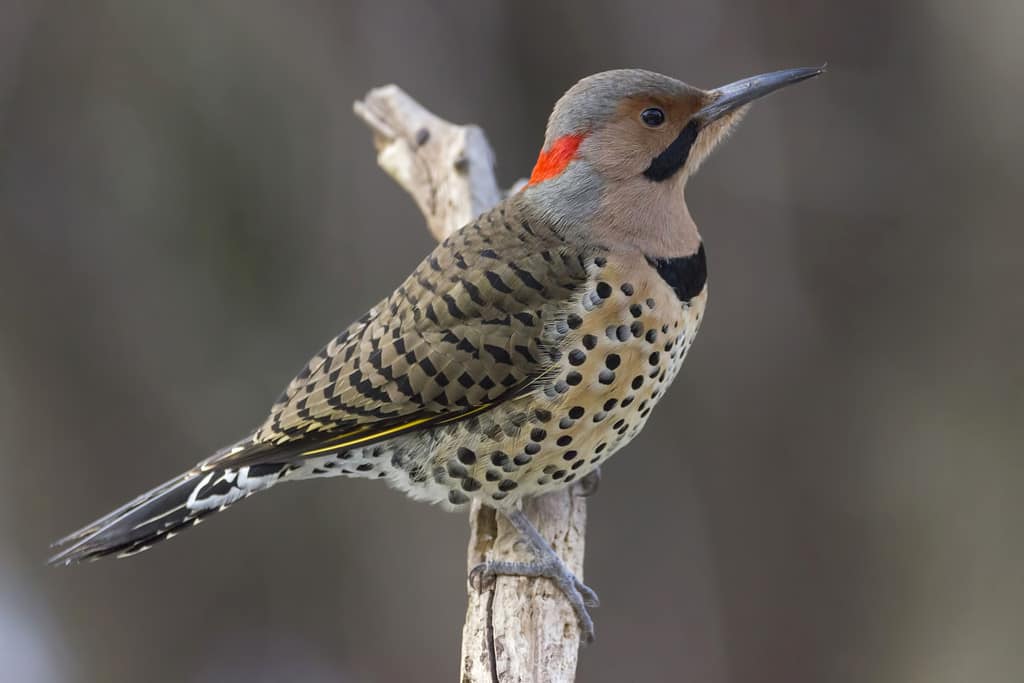
©abriggs21/iStock via Getty Images
Northern flickers are sizable woodpeckers with a brown color. When flying or perched, you can often see a white patch on their rump. The feathers under their wings and tails can be bright yellow or red.
These birds can be found in forests, the edges of woods, parks, and residential areas. Their diet primarily consists of insects, and they have a particular fondness for ants and beetles.
10. House Sparrow (Passer domesticus)
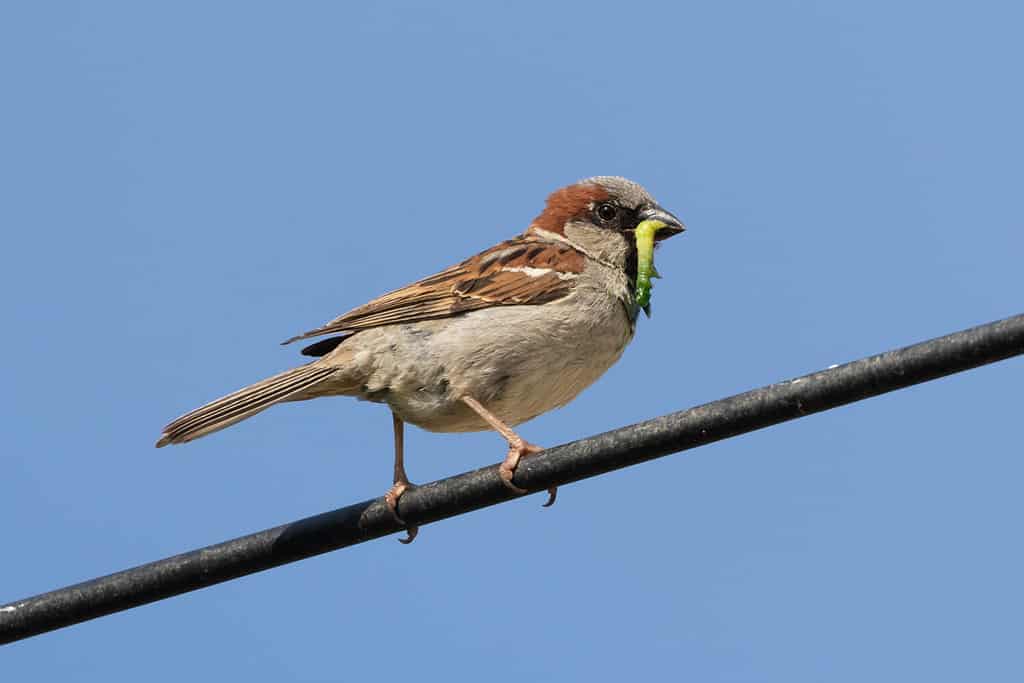
©Werner Baumgarten/Shutterstock.com
House sparrows are commonly found around the world and have 12 unique subspecies. While females and young ones have subdued shades of brown and gray, the males show off more striking colors of black, white, and brown.
These birds usually make their homes close to villages and farm structures. As for their diet, they primarily eat grains and seeds. Insects like ants are also a part of their varied diet.
11. House Wren (Troglodytes aedon)
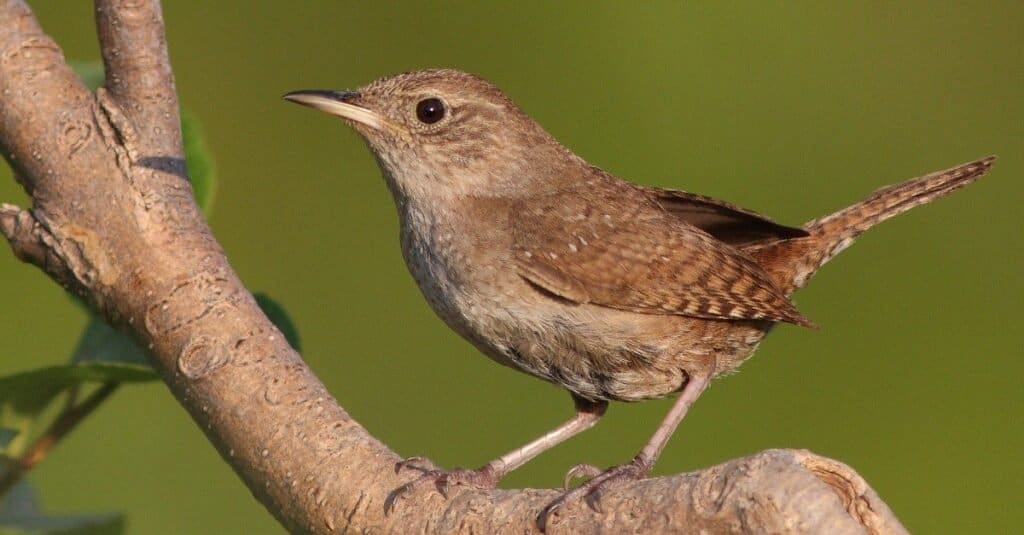
©iStock.com/mirceax
The house wren is another bird that enjoys feasting on ants. It is a small bird, just a bit over 4 inches long, with a simple brown coat featuring darker stripes on its wings and tail and a lighter throat area.
These birds are quite adaptable and can be found in diverse settings—from open forests and woodlands to dense shrubs and orchards. Their meals mainly consist of insects, and they particularly enjoy ants, along with bees and wasps.
12. Ruffed Grouse (Bonasa umbellus)
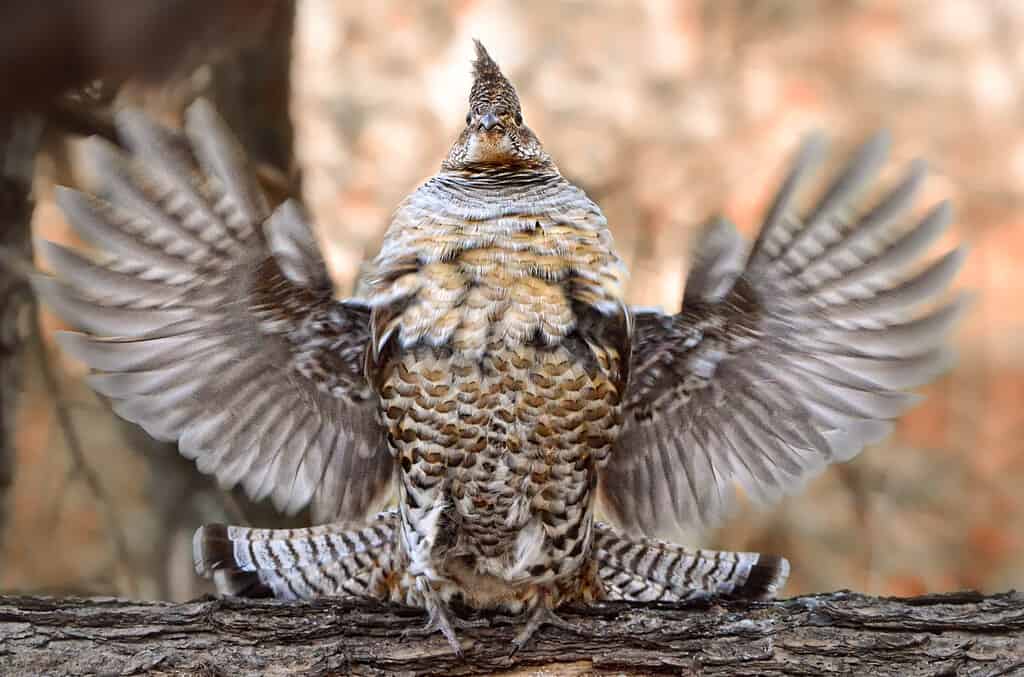
©Agnieszka Bacal/Shutterstock.com
The ruffed grouse is a bird roughly the size of a chicken, with lengths varying from 16 to 2- inches. The sides of its body feature stripe-like patterns, and it has a dark feathered collar around its neck. The bird also has a short and pointed beak, along with a lengthy, flat tail with squared ends.
You can find this bird in forests with a mix of leafy and evergreen trees. Its primary food includes plant seeds, flower buds, and various fruits. When they’re just born, the chicks mainly eat insects for nourishment.
As they grow into adults, insects like ants can make up about 30% of their diet.
13. Hummingbird (Trochilidae)
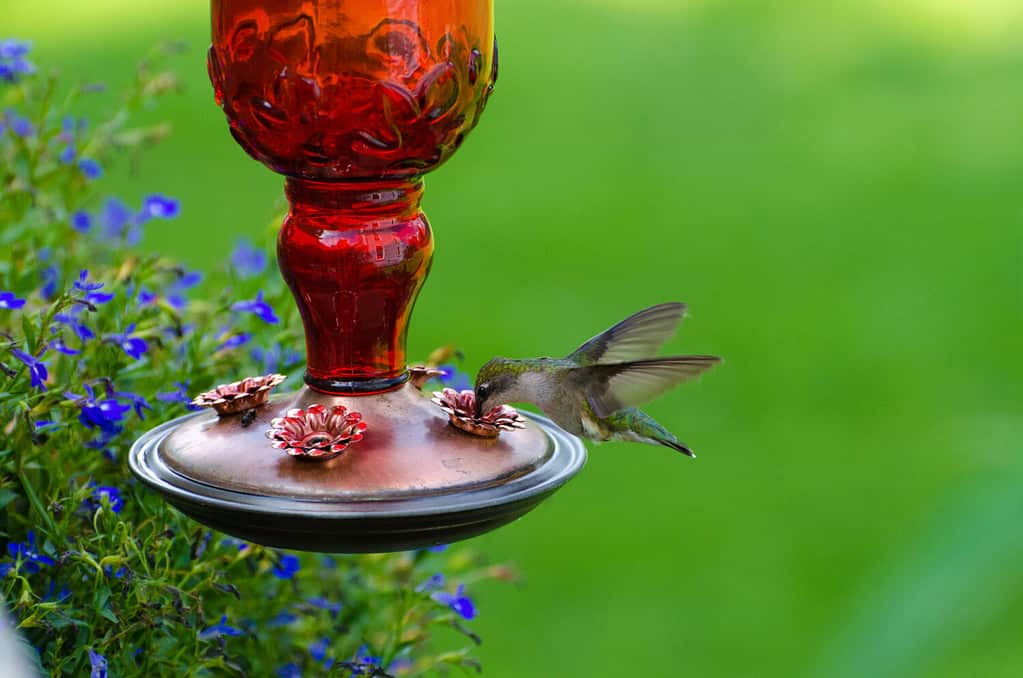
©redtbird02/Shutterstock.com
The hummingbird is a small bird equipped with a long, thin beak. Its feathers often sparkle in bright colors, with males typically showing off more vibrant hues than females. These birds are known for the buzzing noise they make, thanks to their fast-flapping wings.
They usually inhabit areas rich in flowers and have also started appearing in urban and suburban gardens across the United States. These birds eat an amount equal to about half their body weight in a mix of insects and nectar every day. But with that said, hummingbirds generally don’t like mixing their savory and sweet food, so if there are ants in a hummingbird feeder, it will detract the birds rather than attract them.
14. Wild Turkey (Meleagris gallopavo)
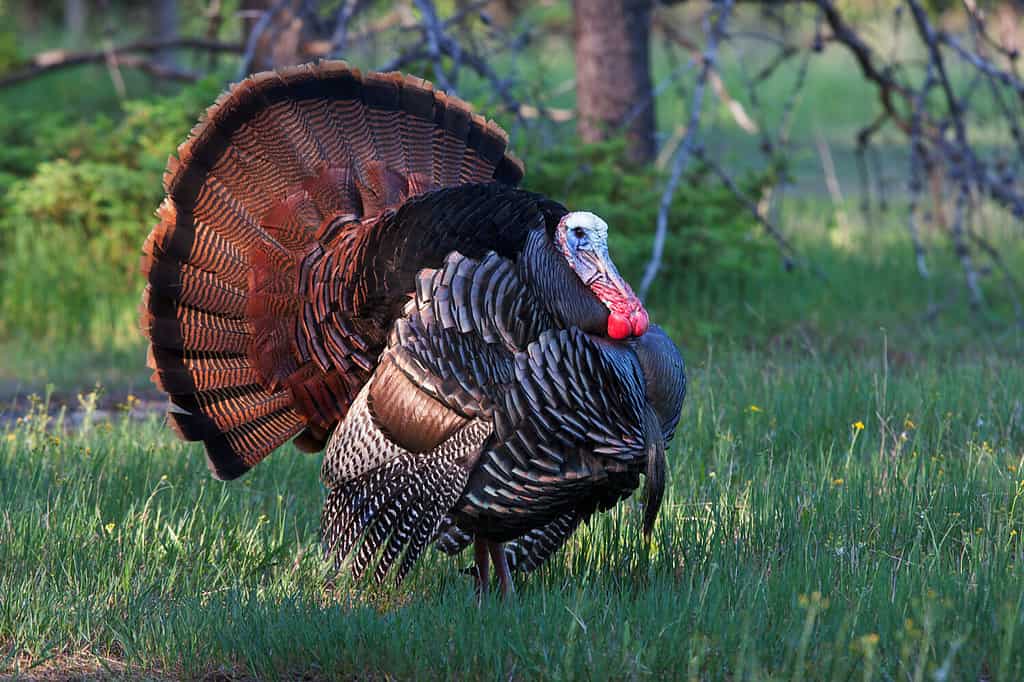
©Jim Cumming/Shutterstock.com
Wild turkeys display dark feathers tinged with a greenish-bronze glow. Their wings feature prominent white bands, and the ends of their tail and rear feathers can be rust or white.
Typically found in forests that combine both hardwood and evergreen trees, these birds also inhabit open areas like fields and orchards. In terms of diet, they consume not just plants and nuts but also a broad spectrum of insects, including grasshoppers, stick insects, multiple beetle varieties, and ants along with their larvae.
15. European Starling (Sturnus vulgaris)
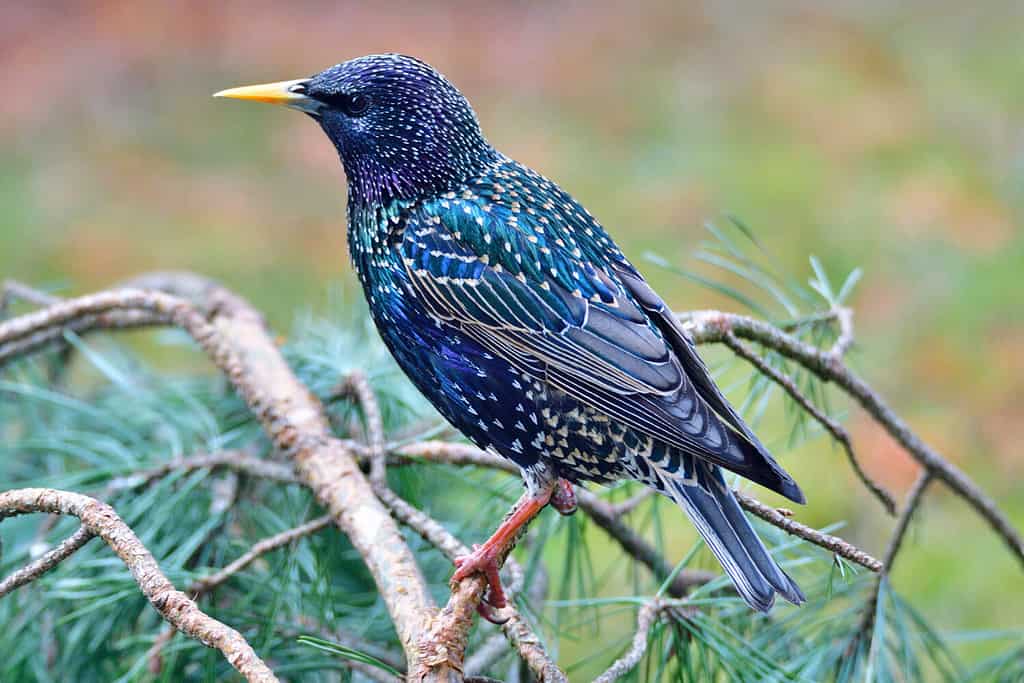
©Karin Jaehne/Shutterstock.com
European starlings are small, chunky black birds with short tails and sharp, yellow beaks. In the summertime, their back feathers gleam with a green tint, while in winter, these are speckled with white.
Usually found in flat, non-mountainous areas, these birds are not picky eaters. They eat a wide range of foods, and their diet includes ants.
16. Pangolins (Pholidota)
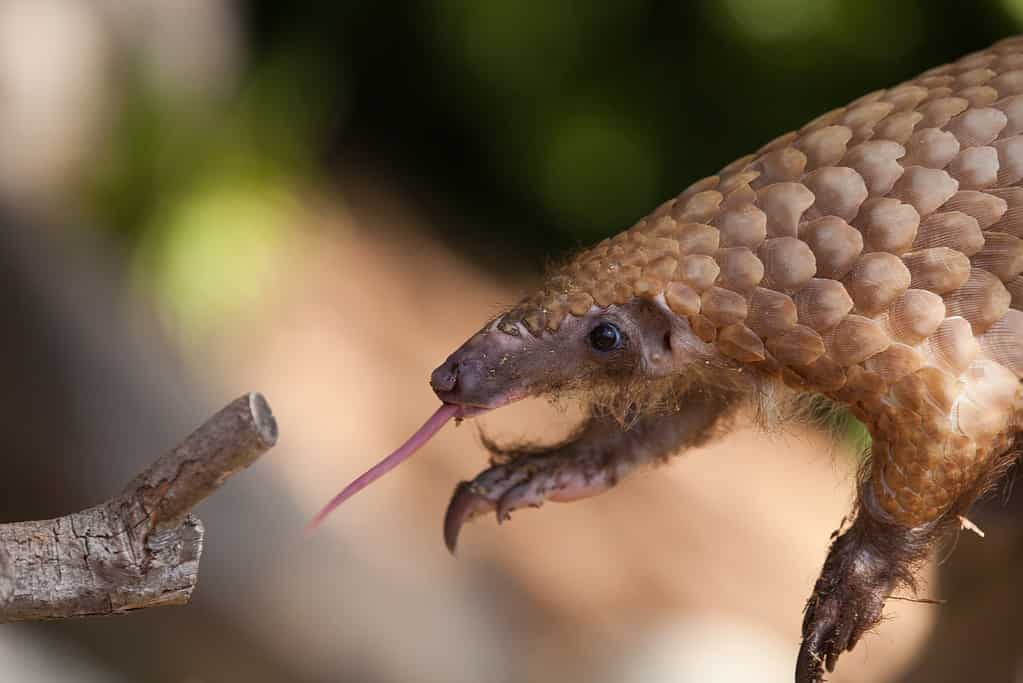
©DarrenBradleyPhotography/iStock / Getty Images Plus via Getty Images
Pangolins, also known as scaly anteaters, are unique mammals found in both Africa and Asia, often mistaken for anteaters due to their appearance. They have extended snouts and even longer tongues, which are perfect for slurping up ants and termites. They can seal off their noses and ears while eating to prevent ants from getting in.
These creatures can live in tropical rainforests or open grasslands. Their primary diet consists of ants, termites, and their larvae.
17. Sloth Bear (Melursus ursinus)
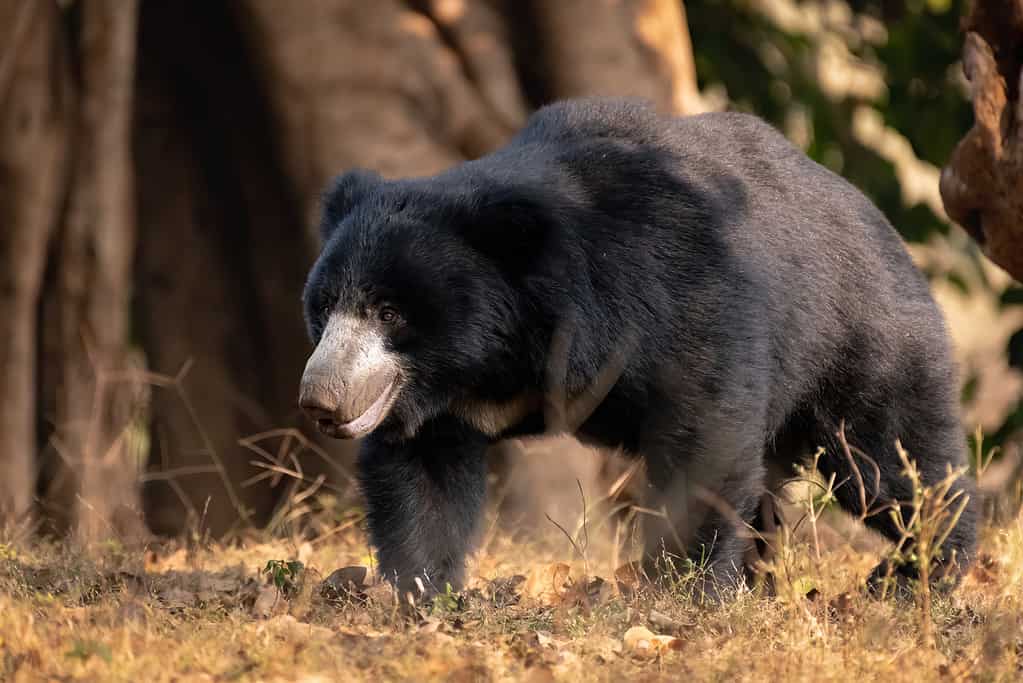
©Malcolm/iStock via Getty Images
The sloth bear, sometimes referred to as the Indian bear, is native to the Indian subcontinent and has a diet that heavily features ants and termites. These bears have untidy, dark-colored fur and lighter faces. They usually sport a cream-colored V or Y marking on their chest area. They can get to around 5 to 6 feet long.
In terms of habitat, sloth bears are quite flexible. They can be found in various types of forests, whether dry or moist, and even in areas with tall grasses. While their main diet consists of ants and termites, they also enjoy eating fruits.
18. Orangutan (Pongo)
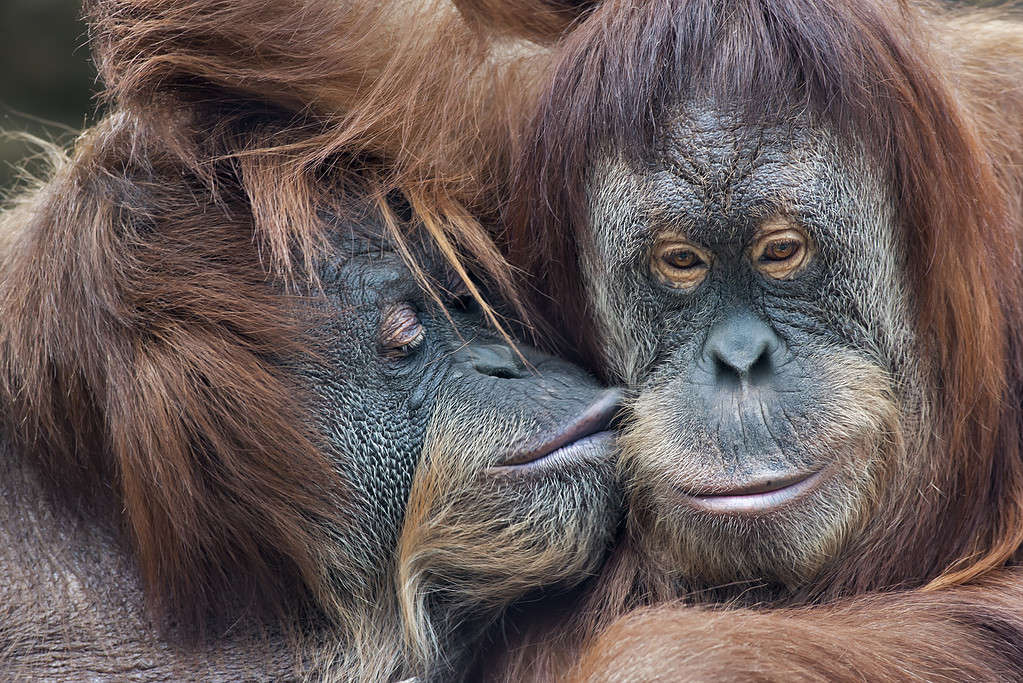
©olga_gl/iStock via Getty Images
Orangutans inhabit the rainforests of Malaysia and Indonesia. Recognized for their reddish-brown fur, they are the biggest tree-dwelling mammals. These apes have long, strong arms and gripping hands and feet, helping them travel effortlessly through treetops. Remarkably intelligent, they share a significant portion of their genetic makeup with humans.
Mostly fruit eaters, their diet also includes nuts and various plant parts like bark. Occasionally, they snack on insects, including ants and termites for protein. They will also consume bird eggs.
19. Coyote (Canis latrans)
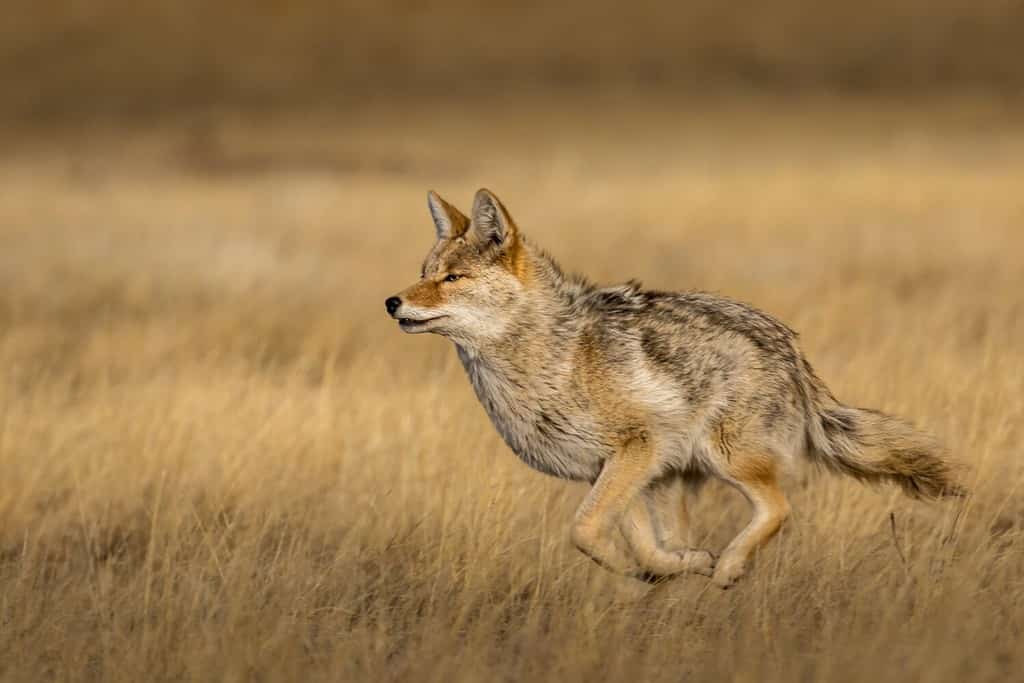
©Dennis Laughlin/Shutterstock.com
Surprisingly, coyotes also include ants in their diet. These medium-sized animals have sharp snouts and long, bushy tails. Their fur typically combines shades of tan, black, and gray, though it can vary from pure black to a light strawberry blonde.
Coyotes primarily consume small creatures, but their diet becomes more diverse in the summer and fall, including grass, fruits, and berries. When they’re short on rodents, they’ll feed on ants as well.
20. Black Bear (Ursus americanus)
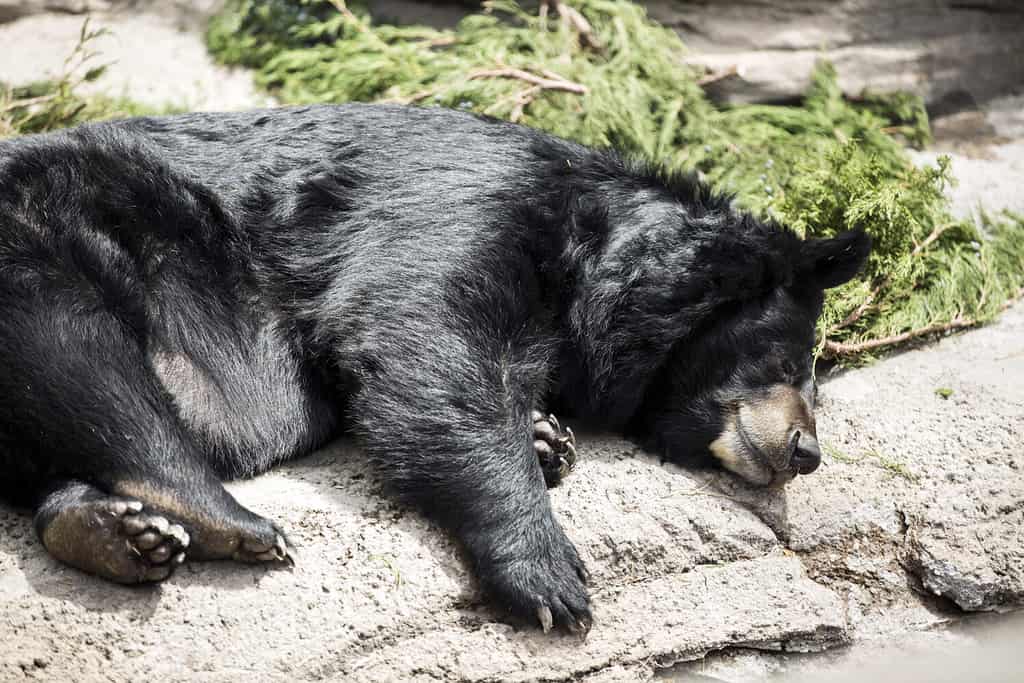
©Yobab/Shutterstock.com
Not many folks would imagine that a black bear eats ants, but it’s a fact!
Just like their other bear relatives, black bears are robust creatures with round ears, stubby tails, five-toed paws, and sizable canine teeth. Black bears walk with flat feet, much like we do, putting all five toes on the ground.
These black bears live in the forests and mountains. Their diet includes berries, fruits, grasses, and tiny insects. However, some black bears, like those found in Colorado’s Rocky Mountain National Park, feast heavily on ants.
21. Common Raven (Corvus corax)
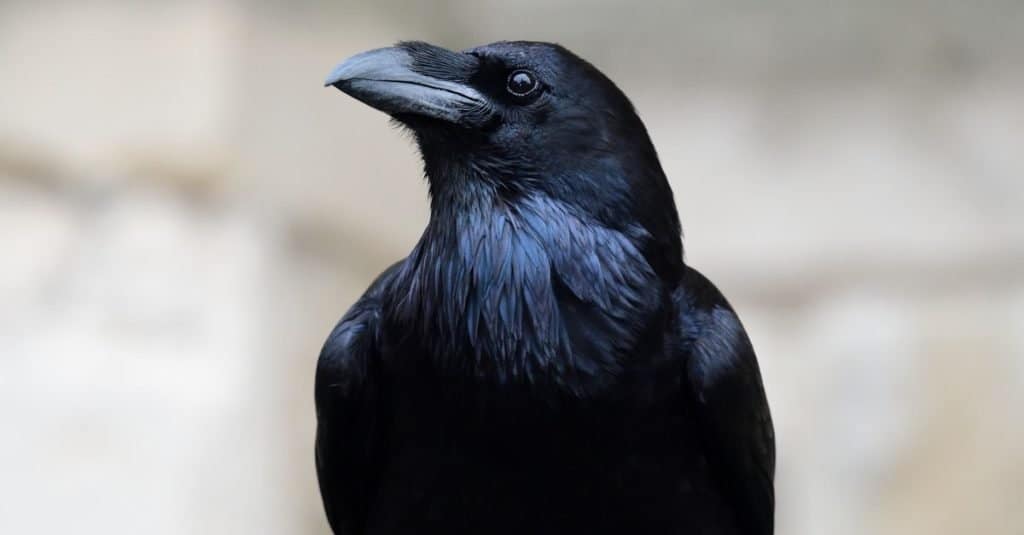
©iStock.com/Tom Meaker
Common ravens are part of the corvid family, like crows, and have sturdy feet and elongated beaks. These birds are typically all black and resemble crows, but they glide through the air more like hawks. They’re also acrobatic flyers!
These adaptable birds can be found in various habitats—from wooded areas and coastal cliffs to open fields and even desert regions. While ravens don’t primarily feed on ants, they’ll switch to eating these insects if other food options are limited.
22. Wolf Spider (Lycosidae)
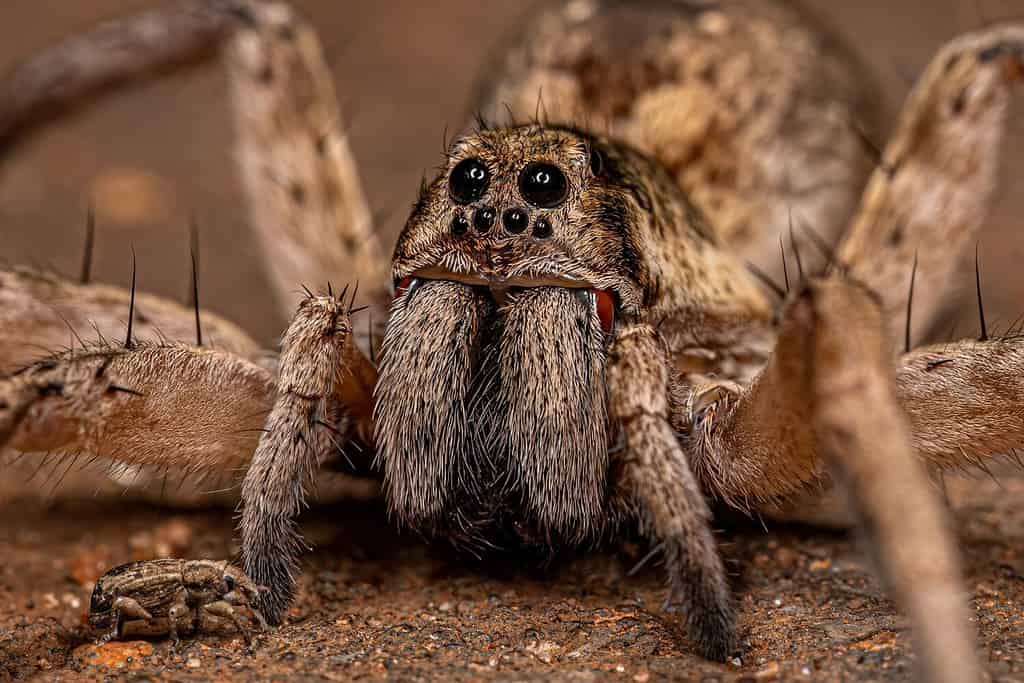
©Vinicius R. Souza/Shutterstock.com
The second spider on our list that feasts on ants is the wolf spider.
Wolf spiders can be black or brown and sport distinctive light and dark stripes running along their bodies. They possess three rows of eyes, arranged in sets of four, two, and two, with the first row being the smallest. With over 2,300 species worldwide, wolf spiders are quite diverse.
These arachnids are most commonly found in open environments like grasslands and are frequently spotted in farm fields and meadows. Wolf spiders primarily dine on tiny insects, including crickets, grasshoppers, earwigs, ants, and flies.
23. Smooth Green Snake (Opheodrys vernalis)
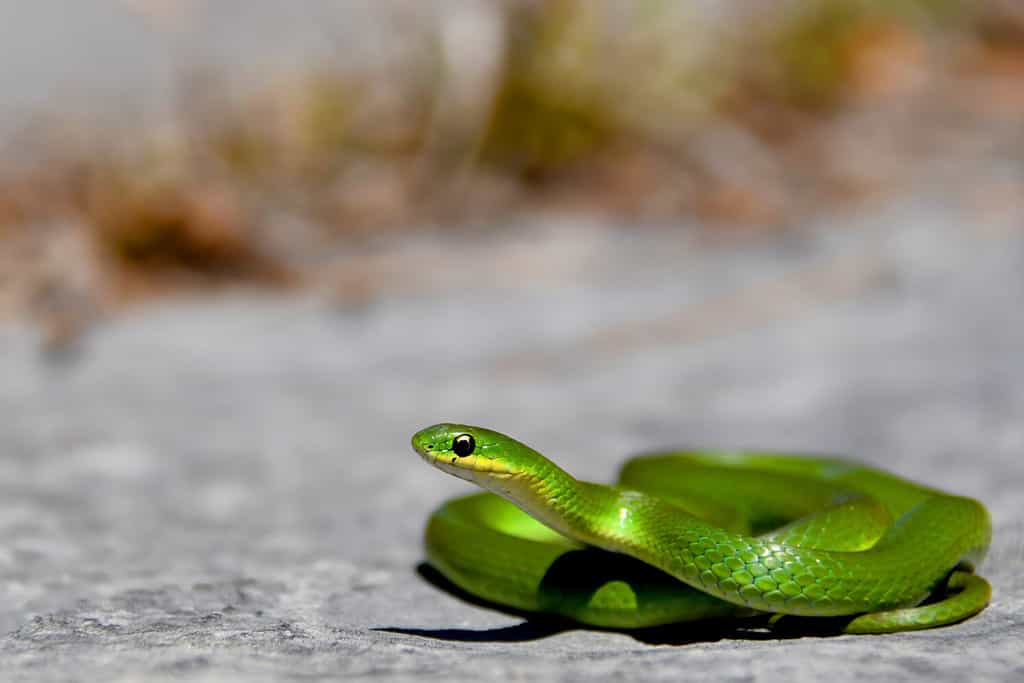
©Lev Frid/Shutterstock.com
The smooth green snake is a North American snake that’s not poisonous and eats ants. This snake typically measures between 12 and 26 inches as an adult. Its head is almost the same width as its neck, featuring a green top and lighter colors like white or yellow on its lower face and throat. The belly is usually white or a very light yellow.
These snakes prefer environments that are both wet and open, like meadows, old agricultural lands, marsh borders, and coastal grassy areas. When it comes to food, smooth green snakes mainly eat small bugs like caterpillars, crickets, moth babies, spiders, and, of course, ants and slugs.
24. Brahminy Kite (Haliastur indus)
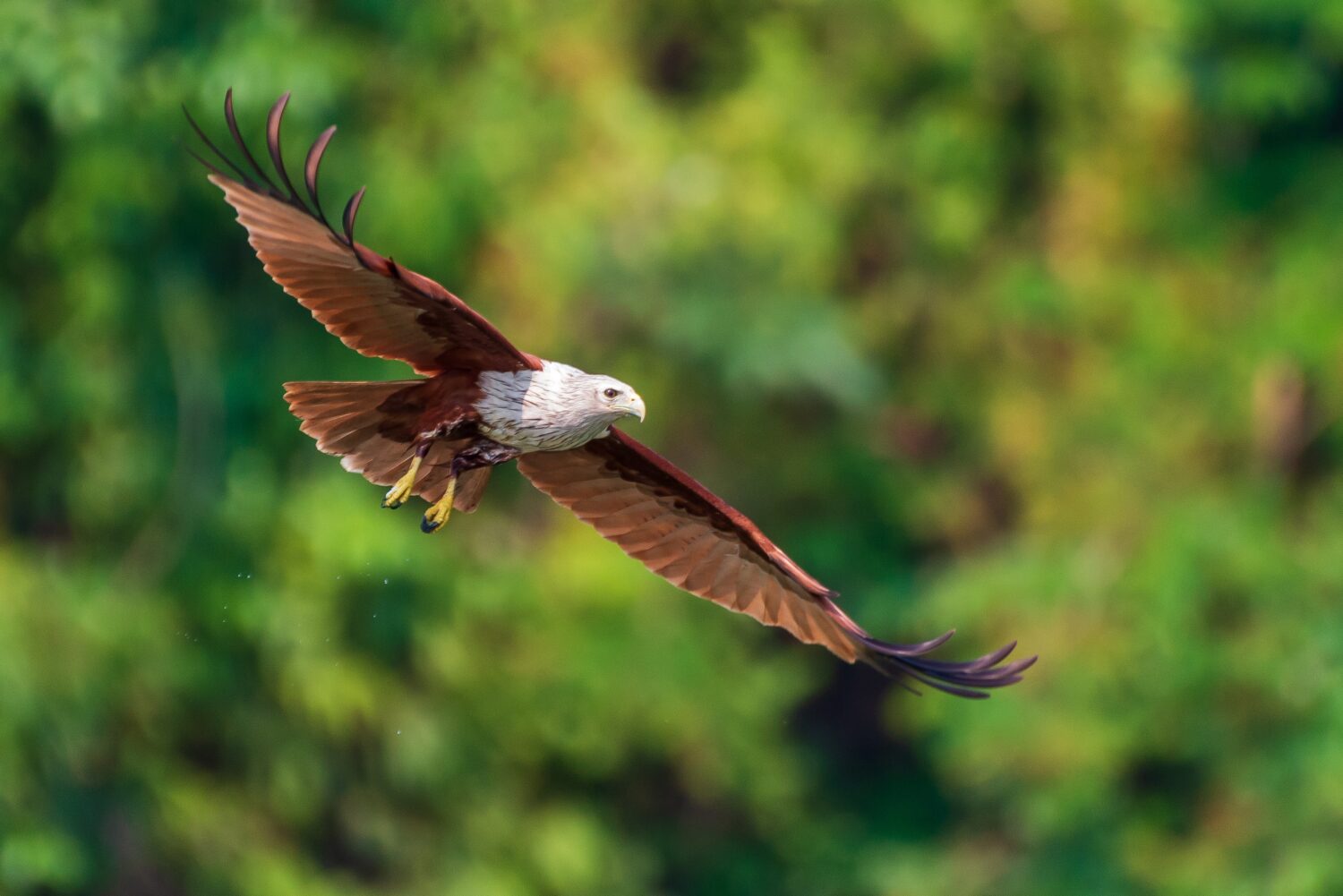
©Pisaisit Watcharotai/Shutterstock.com
The brahminy kite, also called the red-backed sea-eagle in Australia, is a bird of prey of medium size. Its head and chest are white, while the rest of its body boasts a vivid chestnut brown color. The tail has a unique white tip. The wings are wide and end in dark, finger-like tips, and its tail is rather short.
This bird is mostly a scavenger, feasting primarily on dead fish and crabs, particularly in wetland and swampy areas. However, it also occasionally preys on live animals like hares and small bugs, including ants.
25. Assassin Bug (Reduviidae)
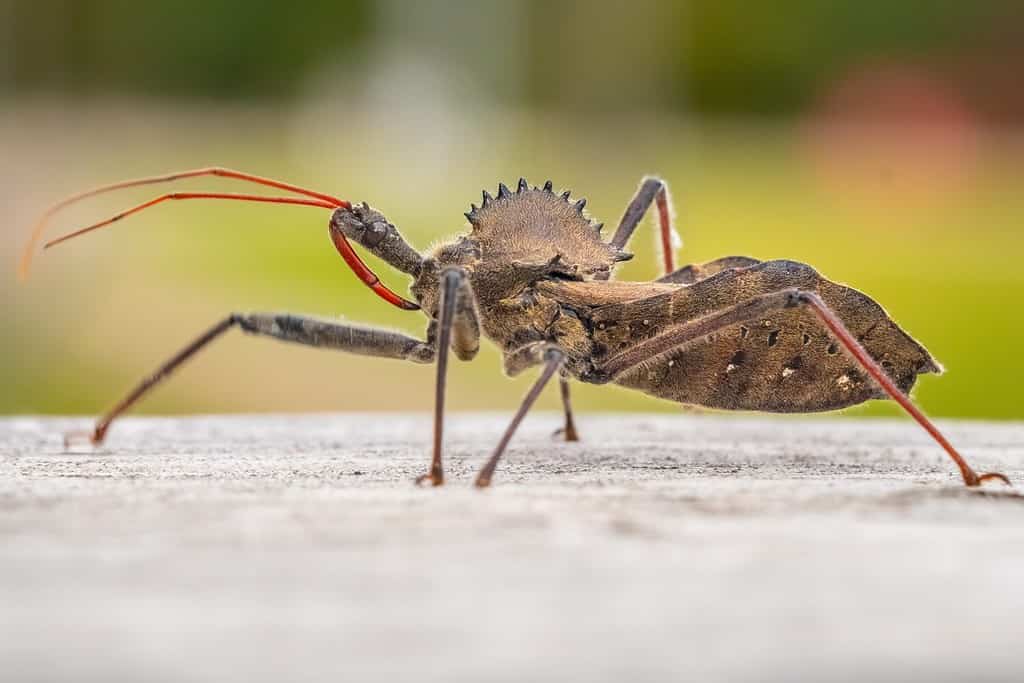
©samray/Shutterstock.com
More than 150 kinds of assassin bugs exist in North America (thousands worldwide), and they’re generally beneficial for gardeners and farmers. Both adult and young assassin bugs have long bodies, legs, and an extended head. Their heads feature small, round eyes and a long, jointed, needle-like mouth.
These bugs can be found on nearly all kinds of plants, from farm crops to trees to home gardens. One particular species, Acanthaspis petax, mainly eats ants but will also go after other small insects like flies, tiny grasshoppers, and beetles.
26. Chameleon (Chamaeleonidae)
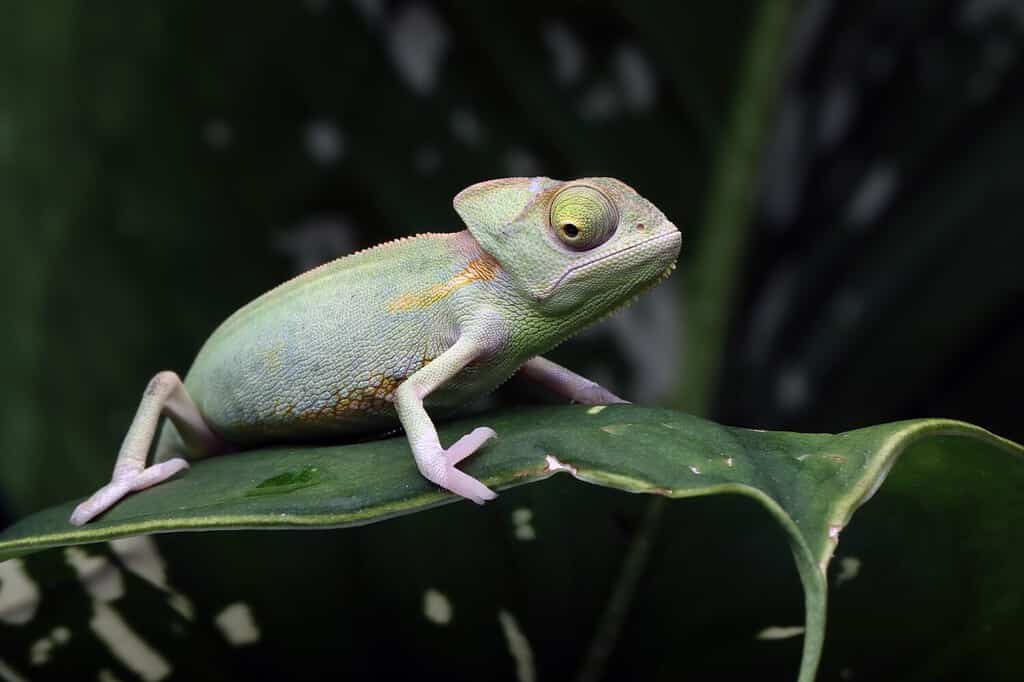
©Kurit afshen/Shutterstock.com
Chameleons are lizards famous for their color-changing skills. Most of these creatures measure between 7 and 10 inches in length. They have flat bodies, tails that can curl, and eyes that move independently. Some even have heads shaped like helmets.
These lizards can be found in a wide range of environments, from tropical rainforests and plains to arid deserts and mountainous areas. They have incredibly quick tongues. When it comes to food, chameleons mainly munch on insects like ants, locusts, mantises, grasshoppers, stick bugs, and crickets.
27. House Mouse (Mus musculus)
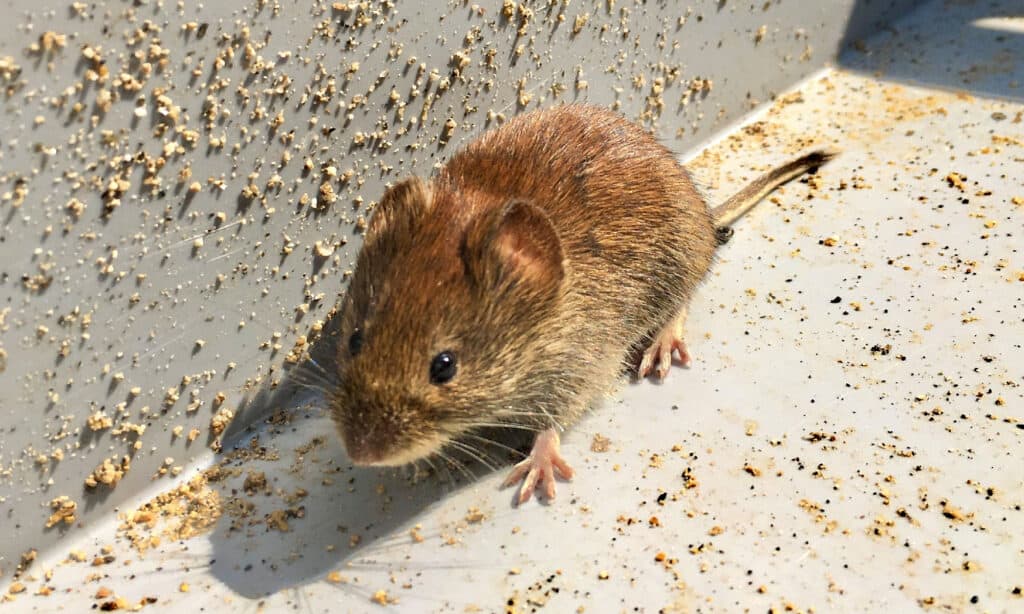
©iStock.com/Bruno_il_segretario
Last on our list of ant-eaters are house mice, which are common pests often found in homes. These small rodents have big ears and tiny black eyes, and they’re generally a light brown or gray color. An adult mouse measures about 5 to 7 inches long, tail included, which is 3 to 4 inches.
House mice mainly stick to urban settings where people live. They’re not picky eaters and will consume just about anything they come across. Their diet also includes a variety of insects like ants, beetles, and grasshoppers, in addition to spiders, earthworms, and snails.
Summary of the Animals That Eat Ants… Other than Anteaters, Of Course!
| Number | Animal | Scientific Name |
|---|---|---|
| 1 | Ant | Formicidae |
| 2 | Ant Nest Beetle | Paussinae |
| 3 | Antlion | Myrmeleontidae |
| 4 | Black Widow Spider | Latrodectus |
| 5 | Common Toad | Bufo bufo |
| 6 | Poison Dart Frog | Dendrobatidae |
| 7 | Horned Lizard | Phrynosoma |
| 8 | Crested Gecko | Correlophus ciliatus |
| 9 | Northern Flicker | Colaptes auratus |
| 10 | House Sparrow | Passer domesticus |
| 11 | House Wren | Troglodytes aedon |
| 12 | Ruffed Grouse | Bonasa umbellus |
| 13 | Hummingbird | Trochilidae |
| 14 | Wild Turkey | Meleagris gallopavo |
| 15 | European Starling | Sturnus vulgaris |
| 16 | Pangolins | Pholidota |
| 17 | Sloth Bear | Melursus ursinus |
| 18 | Orangutan | Pongo |
| 19 | Coyote | Canis latrans |
| 20 | Black Bear | Ursus americanus |
| 21 | Common Raven | Corvus corax |
| 22 | Wolf Spider | Lycosidae |
| 23 | Smooth Green Snake | Opheodrys vernalis |
| 24 | Brahminy Kite | Haliastur indus |
| 25 | Assassin Bug | Reduviidae |
| 26 | Chameleon | Chamaeleonidae |
| 27 | House Mouse | Mus musculus |









